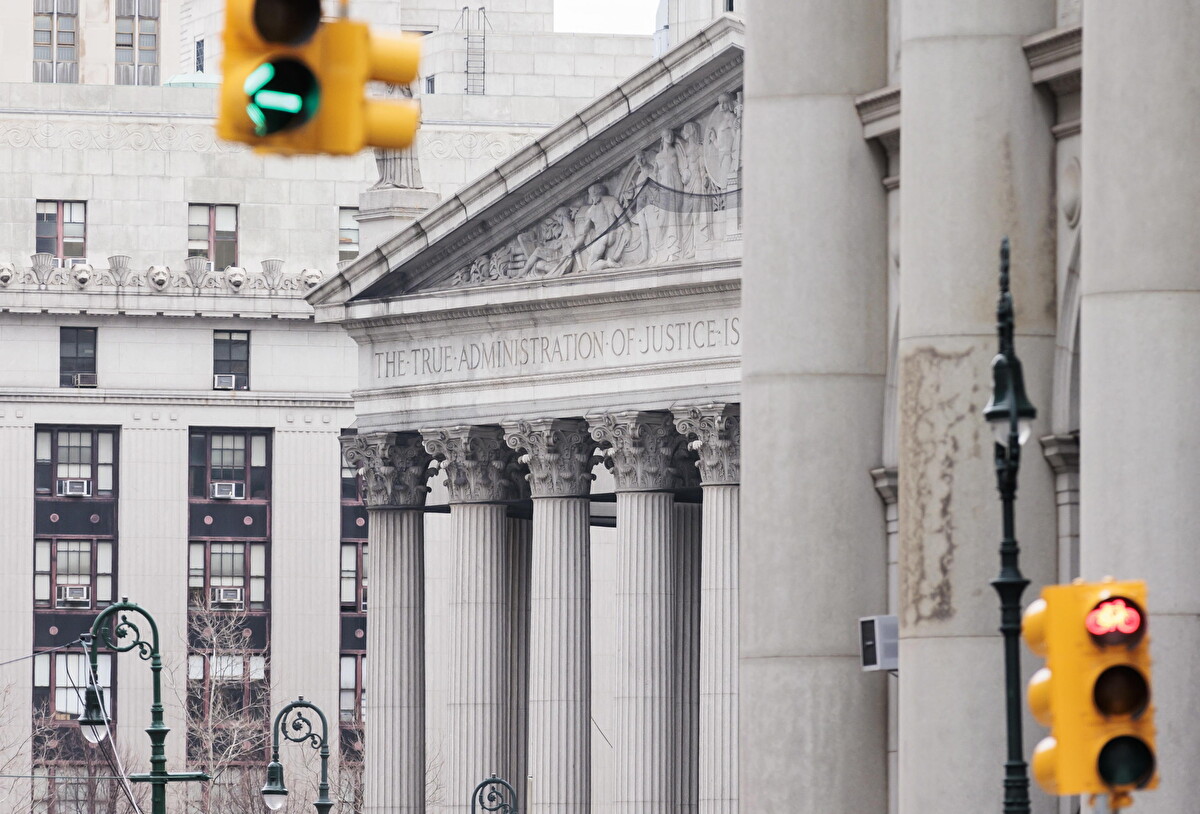Open to the public from 17 November 2022 to 27 February 2023 at the Milan headquarters of Fondazione Prada, “Recycling Beauty” is the right exhibition at the right time, an exhibition on “kairós-time”, as the ancient Greeks would put it — the qualitative time that breaks into segments the linearity of chronological time and focuses a brighter beam of light on a single instant and the unexpected; the opportunity to be grasped, the decisive moment.
Curated by Salvatore Settis and Anna Anguissola with Denise La Monica and with a refined exhibition design by Rem Koolhaas/OMA, “Recycling Beauty” is an unprecedented survey entirely dedicated to the theme of the reuse of Greek and Roman antiquities in post-ancient contexts, from the Middle Ages to the Baroque.

The project develops across two buildings of the Fondazione, the Podium and the Cistern, as a path of historical analysis with both an archaeological and imaginative bent. Akin to Koolhaas’ book “S, M, L, XL”, the project invites visitors to confront the objects on show with varying perspectives and resolutions in a way that transforms the architectural experience into an intellectual and almost sisyphean endeavor. A landscape of acrylic plinths allows the exhibits to be perceived as a whole, while alternatively, workstation-like structures encourage closer inspection thanks to the presence of office chairs. In the Cistern, on the other hand, visitors encounter the objects gradually, in a sequence of spaces that facilitate observation from alternative points of view.
“Appropriation” and “reshaping”. These are the keywords of “Recycling Beauty”, a surprisingly sophisticated exhibition that celebrates the transitions, fractures and anomalies that still exist within conventional art-historical knowledge and have not yet been addressed at an institutional level. At the heart of it, is the instant in which the ancient piece abandons its initial condition and is reactivated within a new framework, acquiring new meaning and value thanks to the gesture of reuse: the throne of a priest of Dionysus from Asia Minor becomes an episcopal seat and then, in Mantua, “throne of Virgil”; a latrine seat from the imperial age, in red stone similar to porphyry, was used for some centuries in papal coronations; and as late as the 19th century a stick decorated with lilies was added to a toga figure with a portrait of Antoninus Pius to transform it into Saint Joseph (a devotion strongly promoted by Pius IX). The coexistence of overlapping temporalities deforms the timeline, the leap from one meaning to another highlights the semantic instability of art objects which lend themselves to a variety of arbitrary interpretations.

Thanks to the gesture of reuse, through which ethical and mnemonic values of the past emerge, the ancient is shaped by a perspective gaze that believes that antiquity’s “extreme clarity” enables it to return, recycled, in later periods and that whenever we are before an ancient piece or a ruin, we are before time in its totality and not only the manifestation of an era. An oxymoronic stance that Walter Benjamin must have deliberately (and courageously) taken during his first forays into art criticism by stating that “the history of art does not exist”. This is what he wrote to his friend Florens Christian Rang on December 9, 1923. Yet Benjamin, as far as we know today, did not want to deny the intrinsic temporality of the work of art, nor that the history of art has no right to exist. He wanted to argue, however, that we need to do away with a type of art history that proceeds by cause and effect and simplistically reduces everything to authorship and influences, according to the typical Vasari model that has long prevailed in academia. For Benjamin, the work of art does not lie in the historical flux as a point on a line, but rather possesses a complex, multi-layered, swirling and dialectical temporality, in which all genealogical times coexist in the same present. Sinking memories and resurgent memories,anachronisms and critical thresholds are precisely what constitute the exhibition’s main narrative. This is the temporality that “Recycling Beauty” vigorously brought to the fore.

As Salvatore Settis explains: “Reuse involves the coexistence of different temporalities, where historical distance and emotional narratives are continually intertwined. But the time-dimension escapes the calendrical sequence; it can be manipulated and bent […]. Why take a relief, a vase, a capital from the ruins? Why transport it elsewhere and place it in a new context? The answer still evades us.
However, in an era dominated by a general cultural obsession with “progressive” thinking and continuous novelty, what is supremely and so efficiently readmitted in this exhibition, especially post “Serial Classics”, Fondazione Prada’s opening exhibition in 2015, is one of the most poignant and intellectually charged meditation on what matters the most, that is “recycling beauty”, in art as in life.












